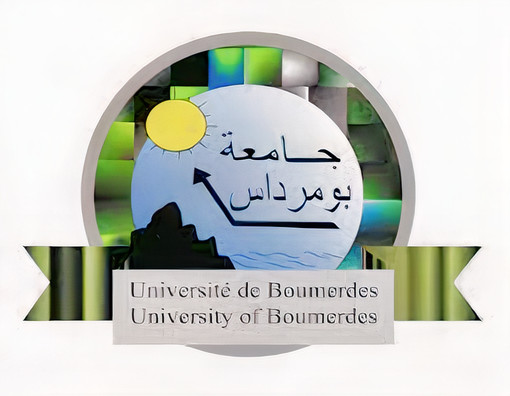Analytical Study Of The Application Of The Maximum Power Transfer Theorem To Electrical Circuits And Systems
Résumé: The present study analyses the application of the Maximum Power Transfer Theorem (MPTT) to the electrical circuits and systems. The Maximum Power Transfer Theorem (MPTT) provides the conditions which the load resistance or reactance must satisfy for maximum power absorption from the source network. For the DC Thévenin equivalent circuit the condition for maximum power transfer is that the load resistance must equal the source resistance. The efficiency of the DC Thévenin equivalent circuit with a practical voltage source with and without the fixed losses under maximum power transfer condition cannot exceed 50%. For the AC Thévenin equivalent circuit the condition for maximum power transfer is that the load impedance must be conjugate matched to the source impedance. The efficiency of the AC Thévenin equivalent circuit with a practical voltage source with and without the fixed loses under conjugate matched conditions cannot exceed 50%. Worth mentioning is that with partial impedance matching, maximum power transferred to the load takes place with an efficiency of 90.90%. The application of MPTT to the three phase wound rotor induction motor of different power levels (5Hp and 5000Hp) using its approximate per phase equivalent circuit shows that the condition for maximum power transfer is different from that of maximum efficiency; where the maximum power transferred to the rotor is achieved at breakdown torque and the maximum efficiency can only be achieved at speeds on the negative slope of the torque speed characteristic where the induction motor is usually operated. The analysis carried out on an electromechanical system at its maximum available powerlevel has determined the internal resistance of the PMDC generator by the use of the load resistance perturbation technique, where the concept of a non dissipative resistance is introduced the analysis has shown that the electromechanical system with a conjugate matched impedance working under maximum power transfer with an overall efficiency equal to 93.28% contradicts the results of the DC Thévenin equivalent circuit analysis which predicts an efficiency not exceeding 50% under conjugated matched condition
Mots-clès:
Nos services universitaires et académiques
Thèses-Algérie vous propose ses divers services d’édition: mise en page, révision, correction, traduction, analyse du plagiat, ainsi que la réalisation des supports graphiques et de présentation (Slideshows).
Obtenez dès à présent et en toute facilité votre devis gratuit et une estimation de la durée de réalisation et bénéficiez d'une qualité de travail irréprochable et d'un temps de livraison imbattable!


